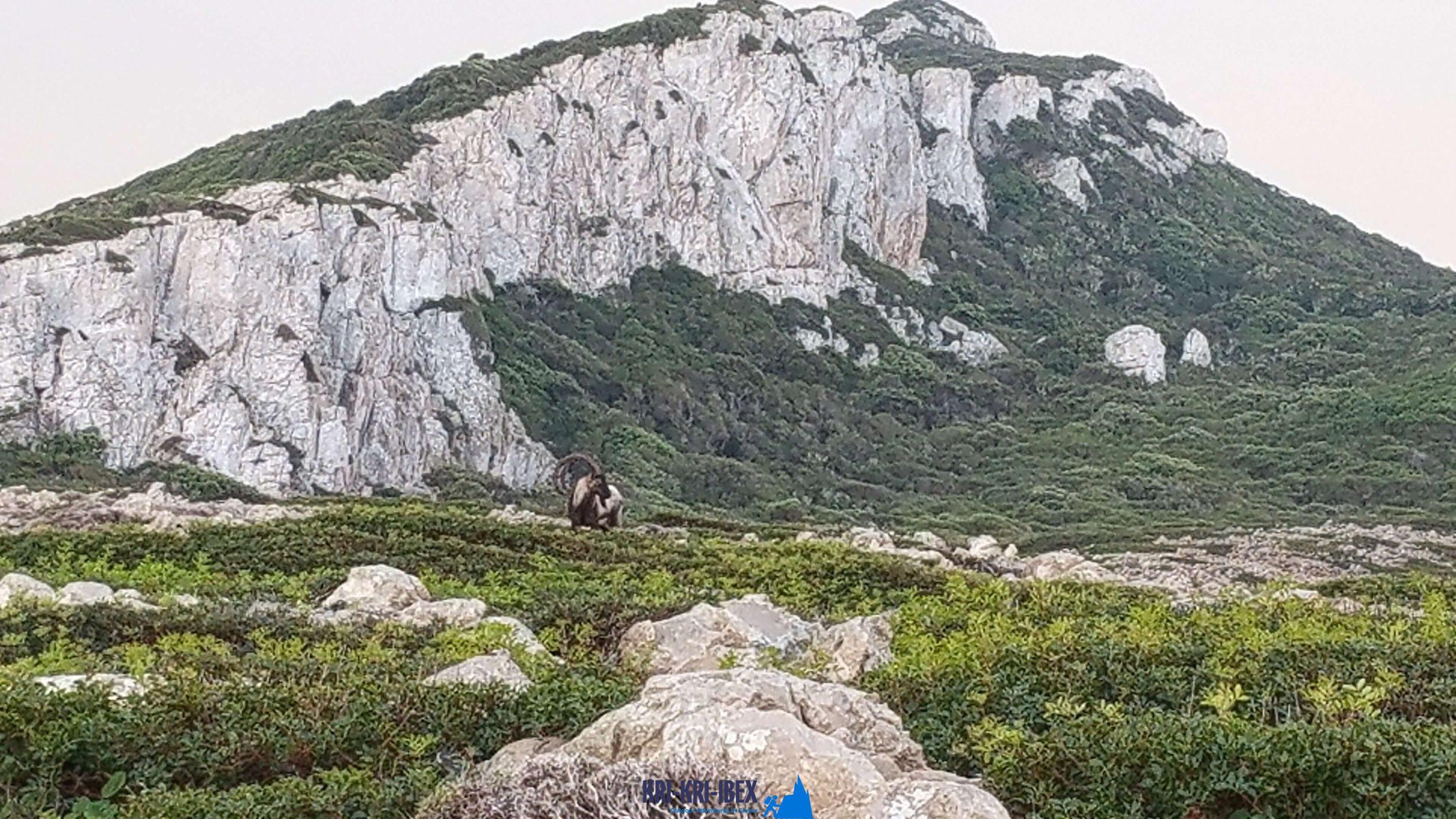Hunting Kri Kri ibex, angling and cost-free diving in Greece
Hunting Kri Kri ibex, angling and cost-free diving in Greece
Blog Article

The ibex search is an unbelievable getaway and amazing hunting expedition in Greece. It is not always a tough search as well as unpleasant problems for many seekers. What else would you such as to dream of during your excursion of ancient Greece, diving to shipwrecks, and also searching for Kri Kri ibex on an exotic island for 5 days?

The kri-kir is not thought to be native, most likely having actually arrived on Crete during the time of Minoan people. It can just been located here and there which makes this meat types a native to the island for our little island in Greece Hunting kri kri ibex in Greece is challenging, whether you're a neighborhood hunter or an international one. Searching big game in Greece is restricted, so local hunters should choose swines or roe deer (Kri Kri ibex may just be hunted on particular guarded islands). Two islands, Atalanty as well as Sapientza, are 300 kilometres as well as 150 kilometres off the coastline of Athens, respectively, where we provide the possibility to quest this one-of-a-kind creature. According to Greek legislation, the Kri Kri ibex and also mouflon may only be fired on unique searching areas from morning until twelve noon. Just shotguns are permitted, as well as just slugs might be made use of. You must reserve a year in advance for these licenses, as only severe hunters are allowed on these trips. To ensure that just significant seekers come on these hunts, the licenses are provided by the Greek Ministry of Nature as well as Agriculture as well as the government problems a particular number of them each year.
On our Peloponnese excursions, you'll get to experience all that this remarkable area needs to use. We'll take you on a trip of a few of one of the most historic and also beautiful websites in all of Greece, consisting of ancient damages, castles, and also extra. You'll also get to experience several of the standard Greek society firsthand by enjoying a few of the scrumptious food and also wine that the region is recognized for. As well as of course, no trip to Peloponnese would be full without a dip in the sparkling Mediterranean Sea! Whether you're an experienced hunter searching for a brand-new adventure or a new vacationer simply looking to explore Greece's stunning landscape, our Peloponnese trips are perfect for you. So what are you waiting on? Book your journey today!
If you are looking for an authentic Greek experience away from the hustle and bustle of tourism after that look no better than Methoni in The Peloponnesos! Our outdoor hunting for Kri Kri ibex, fishing, cost-free diving and also exploring Peloponnese trips from Methoni are the ideal means to discover this stunning location at your very own pace with like minded people. Contact us today to reserve your position on one of our scenic tours.
What is the diference between Kri Kri ibex, Bezoar ibex and hybrid ibex
The kri-kri is not thought to be indigenous to Crete, most likely having been imported to the island during the time of the Minoan civilization. Nevertheless, it is found nowhere else and is therefore endemic to Crete. It was common throughout the Aegean but the peaks of the 8,000 ft (2,400 m) White Mountains of Western Crete are their last strongholds–particularly a series of almost vertical 3,000 ft (900 m) cliffs called ‘the Untrodden’—at the head of the Samaria Gorge. This mountain range, which hosts another 14 endemic animal species, is protected as a UNESCO Biosphere Reserve. In total, their range extends to the White Mountains, the Samaria National Forest and the islets of Dia, Thodorou, and Agii Pandes.
This Ibex is NOT a diminutive form of the Bezoar Ibex, which has migrated into the western-most reach of the range of this species. The kri – kri (Capra aegagrus cretica), sometimes called the Cretan goat, Agrimi, or Cretan Ibex, is a feral goat inhabiting the Eastern Mediterranean, previously considered a subspecies of wild goat. The kri-kri has a light brownish coat with a darker band around its neck. It has two horns that sweep back from the head. In the wild they are shy and avoid tourists, resting during the day. The animal can leap some distance or climb seemingly sheer cliffs.
“The agrimi goat Capra aegagrus cretica is unique to Crete and its offshore islands. It has been identi®ed as a sub-species of the wild bezoar goat Capra aegagrus aegagrus Erxleben, 1777, which it closely resembles in horn shape, body form and coloration. This classi®cation has been disputed by some researchers who claim that the agrimi are feral goats, derived from early domestic stock brought to the island by the ®rst Neolithic settlers. In order to clarify this issue, DNA analyses (cytochrome b and D loop sequences) were carried out on tissue of live and skeletonized agrimi and compared to sequences of wild and domestic caprines. Results conclusively show the agrimi to be a feral animal, that clades with domestic goats (Capra hircus) rather than with wild Asiatic bezoar. This study demonstrates that morphometric criteria do not necessarily re¯ect genetic af®nities, and that the taxonomic classi®cation of agrimi should be revised.”
Report this page